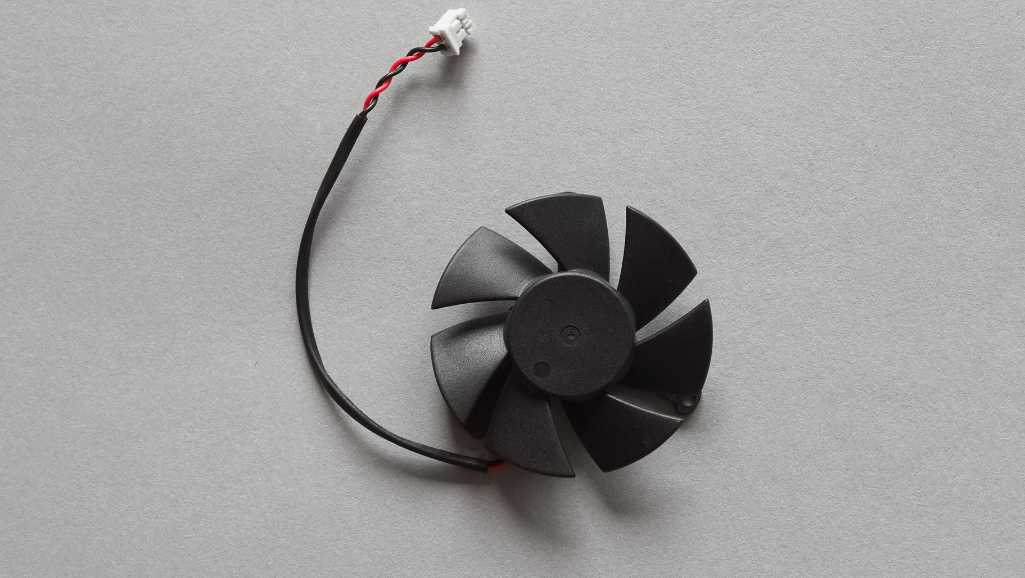
My Computer Doesn’t Wake Up from Sleep Mode: How To Fix
You’re in the middle of an important project, you step away for a moment, and when you return, your computer doesn’t wake up from sleep

Pay close attention to your computer’s performance. A fan that fails to regulate temperature effectively can lead to system instability and frequent crashes.If you observe any of these symptoms, it’s important to address them promptly. A malfunctioning fan can lead to more serious issues if left unchecked.
It’s important to approach these checks methodically to avoid overlooking a simple fix and jumping to conclusions.If after these steps the fan still isn’t functioning properly, it may be time to consider a more in-depth repair or replacement. Remember, a preliminary PC hardware check can reveal fan issues, but it may not be comprehensive. Always double-check all connections and settings before proceeding.
Ensure that you have a clean, well-lit workspace to carry out the repair. A cluttered environment can lead to lost screws and additional frustration.
When working on your computer, it’s important to maintain a clear space around the ventilation holes. This ensures proper heat dissipation and prevents system overheating, which is critical when the computer is operational again.
 Before attempting any repairs, it’s crucial to clean the fan and the area around it. Dust and debris can accumulate over time, which may impede the fan’s performance and cause overheating. Begin by powering off your computer and unplugging it from the power source.
Before attempting any repairs, it’s crucial to clean the fan and the area around it. Dust and debris can accumulate over time, which may impede the fan’s performance and cause overheating. Begin by powering off your computer and unplugging it from the power source.
Remember, a clean fan is more likely to operate efficiently and quietly. Regular cleaning can prevent many issues related to computer fans.After cleaning, inspect the fan for any signs of damage or wear that could indicate a need for more extensive repairs or replacement.
Consistent fan operation is key to maintaining your computer’s performance. A well-aligned and tightly secured fan ensures optimal airflow and reduces the risk of overheating.Remember to double-check the fan’s stability after tightening by giving it a gentle nudge. If it doesn’t move, you’ve successfully realigned and tightened the fan.

Source: Dan’s data
After lubricating the bearing, spin the fan blade to ensure it moves freely without resistance or noise. If the fan still does not rotate smoothly, it may be time to consider a replacement.
Replacing a computer fan is a cost-effective way to extend the life of your system and improve its performance.Remember, the cost of a new fan can vary widely based on the brand and model specifications. As a reference, an aircon condenser fan motor replacement can range from $250 to $750, which includes the technician’s fees. While not directly comparable, it gives an indication that fan replacement is a significant, yet necessary investment for maintaining your computer’s health.
Maintaining an optimal airflow is essential for quiet operation. This involves not only the fan itself but also the overall case environment. Optimizing your PC’s airflow can be achieved through strategic case selection, fan arrangement, and cable management.Remember, a well-maintained fan is less likely to cause disruptions and will keep your system running smoothly. Address any noise issues promptly to avoid further complications.
Consistent temperature monitoring is key to detecting potential overheating issues early and taking preventive action.Remember, a well-maintained fan is essential for maintaining optimal CPU performance and longevity. Utilize the insights from the monitoring tools to adjust your maintenance schedule or take further action if necessary.
By adhering to a consistent cleaning routine, you ensure that your computer’s cooling system operates at its best, keeping temperatures down and performance up.Here’s a simple guideline to follow:
By maintaining a cool environment, you can prevent many common issues that stem from overheating, such as system crashes and hardware malfunctions.Remember, a computer’s cooling system is designed to manage the internal temperature, but it can only do so effectively if the external conditions are conducive. Regularly check that the space around your computer is clear of dust and debris, which can also impede airflow and contribute to overheating.
A well-maintained fan contributes significantly to the longevity and reliability of your computer. It’s not just about preventing immediate issues; it’s also about investing in the future of your hardware.Understanding the role of a fan goes beyond simple mechanics. It’s about recognizing the fan as a key player in the overall health of your computer. Here’s a quick list of what a well-functioning fan does for your system:
Regular maintenance and timely repairs can save you from the inconvenience and cost of more significant computer problems down the line.Remember, the health of your computer’s fan is directly linked to the overall health of your system. Keep an eye on system temperatures and noise levels, and don’t hesitate to perform repairs or seek professional help if necessary. Your vigilance will pay off in the form of a reliable and efficient computer.

You’re in the middle of an important project, you step away for a moment, and when you return, your computer doesn’t wake up from sleep

When your computer breaks down, finding a reliable repair shop is crucial to getting back up and running smoothly. With a plethora of computer repair

A properly functioning computer fan is essential for maintaining the overall health and performance of your system. This guide will walk beginners through the troubleshooting
|
*We are OPEN on 3 May 2025 (Polling Day). CLOSED ON 1 May 2025 (Labour Day) |